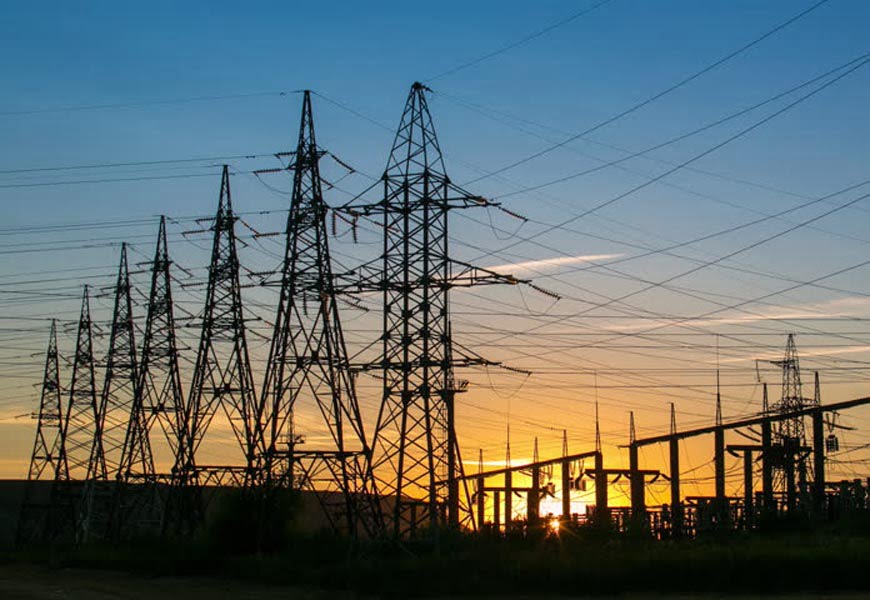If Australia had a more consistent energy policy, Vivid Technology’s strategy to commercialise its technology might have had a different outcome.
The company’s Australian subsidiary NewCO2Fuels, which specialises in developing clean tech, has now signed an agreement with China’s Sinopec Engineering to build and commercialise its demonstration plant in China over the next 12 to 24 months.
The plant will house a machine capable of capturing CO2 gases that it then transforms into multi-purpose fuels including oxygen, diesel, methanol or pure hydrogen; all powered using 100 per cent solar energy.

The company spent its early years partnered with Israeli’s famous Weizmann Institute to develop of the technology.
NewCO2Fuels’ managing director for technology Samuel Marks said while the opportunity to commercialise in Australia was available, it was heavily outweighed by what’s available in China, which he claims makes up 40 to 60 per cent of the world’s CO2 market.
Mr Marks blames part of Australia’s inconsistent and short-lived energy policies introduced by government for stifling the country’s innovation and long-term investment in the sector. He alluded to policies from the Emissions Trading Scheme introduced in 2010, the Carbon Tax in 2012, through to the newly developed National Energy Guarantee, which replaces the National Electricity Market.
“The opportunity in Australia is huge, but I’m a little frustrated where we are from a roll-out point of view in Australia,” he said.
“If we look at the opportunity in Australia, we have one of the highest propensity for solar in the world. This system will work 100 per cent using solar. Australia also has one of the largest deposits of natural gas in the world.
“But the lack of continuity in energy policies is limiting our chances to take advantage [of Australia’s natural advantages] because everyone is chasing the next weekly poll, rather than focusing on how to invest in some great initiatives.
“The last government introduced some great policies, but what happened next was a new government came in, changed the name of the department instead of making any changes,” said Mr Marks.
In addition, Mr Marks also pointed out how Australia suffers from a “not in my backyard” complex.
“While Australia by far has one of the biggest resources of hydro carbon in the world, Australians never want to be the first to embrace new technology. They need to see it has been proven somewhere else first before they can accept it,” he said.
“But [the reality is that] we will get stuff wrong as a country. So we need to own it, embrace it, and take that risk. It feels Australia is not interested in taking a risk that’s not already proven.”
That’s not to say that Australia is not trying, Mr Marks said, pointing out work by the CSIRO and the introduction of the initiatives, such as the Australian Renewable Energy Agency (ARENA) and Clean Energy Finance Corp (CEFC), as examples where policy divisions have led to good outcomes.
“I the Australian government is trying. It’s not the lack of good intent, but the Israeli government has been very supportive, as this technology is being built and commercialised in Israel.
“I think if we had a project running in Australia, AREA and CEFC, and we met their criteria, they would be very supportive of what we do,” Mr Marks said.
In addition to China, Mr Marks said the company is also looking to commercialise in South East Asia, North America and Europe.
Meanwhile, R&D will remain in Israel, even though Mr Marks is confident that “a lot of pieces around the next steps of commercialisation can be done as easily in Australia as they are in China.”
Australia’s energy policy continues to remain a hotly debated topic. The federal government last year ratified the global Paris Agreement, setting targets to reduce emissions to 26 to 28 per cent below 2005 levels by 2030.
Do you know more? Contact James Riley via Email.

